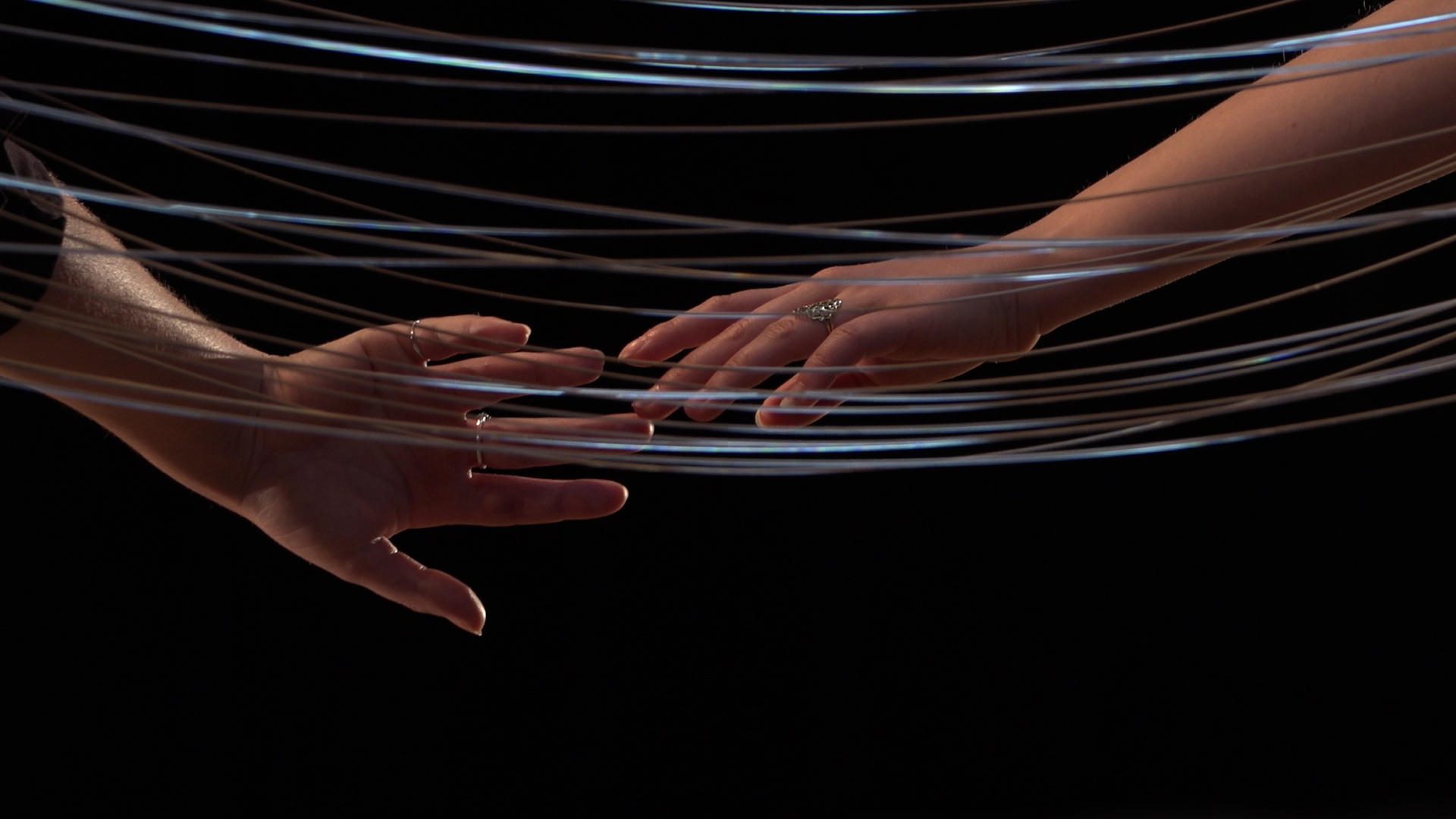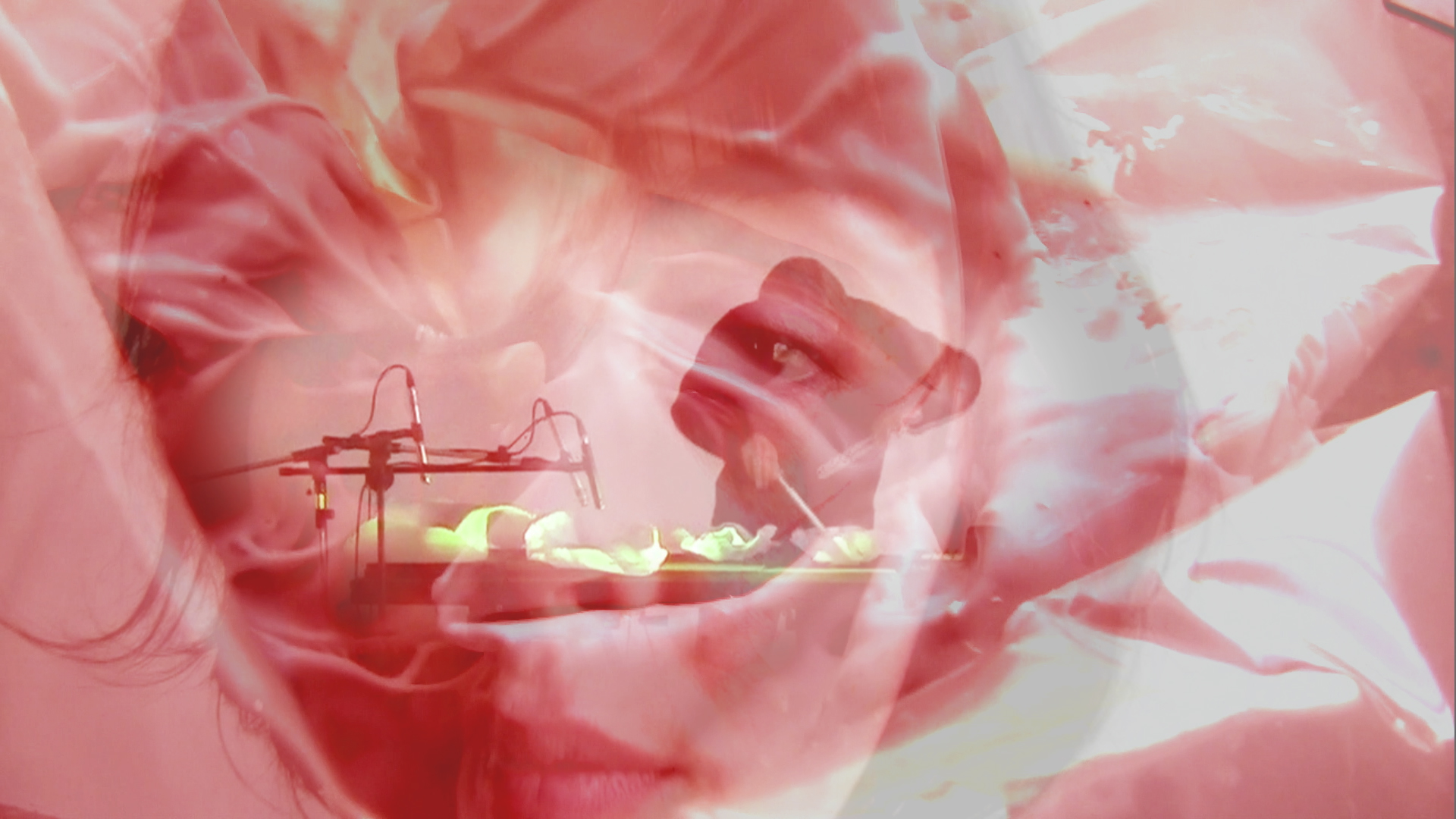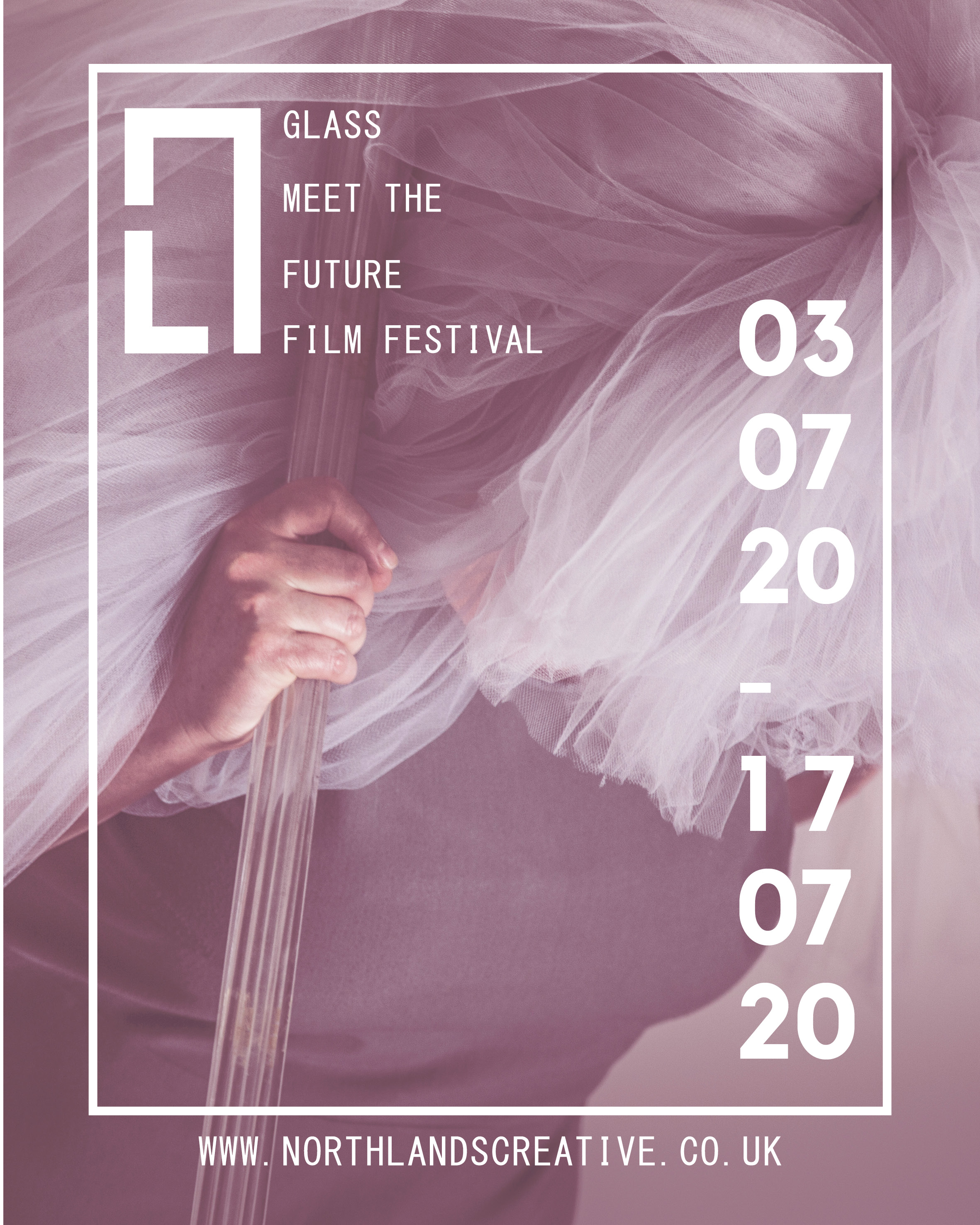Think of glass and immediately, sensations are conjured - sharp or smooth to touch, sparkling and colourful to the eye.
In the digital world we now all live in, conveying the senses is a perpetual challenge, particularly for those who specialise in a medium as tactile as glass.
It's a challenge that North Lands Creative, one of the world’s most prestigious centres for the study and development of glass as an artform, is here to take on head first with the inaugural edition of Glass Meet the Future Film Festival.
The British Council/Creative Scotland Partnership is delighted to see the Glass, Meet the Future Festival come to life as part of North Lands Creative's project with Japanese partners Toyama Institute of Glass.
The festival launches on the 3rd July and runs for two weeks, showcasing a cross section of international, diverse and engaging short films curated and directed by 26 female artists using glass as their main medium.
‘The Soul of a Statue’, a film on the work of Martin Janecký by filmmaker Thomas Hogben featuring their collaborative time at North Lands Creative in 2019 will also premiere during the festival run with a focus on the emergence of glass art film.
North Lands Creative's Director Karen Phillips took us behind the scenes.
Pivoting online and managing it quickly has been a win for North Lands Creative, we have seen an astonishing increase in engagement though our online platforms in a matter of a few months. It has been incredible; our engagement through social media in particular with our artists spotlight features and then the new glass network on our website, has gone through the roof since physically closing the doors.
As a team we agreed we had to waste no time in order to stay visible, to support the glass community and develop our campaign that was already in existence with the tag #buildingastrongerglasscommunity, and encourage the mental health of staff and the glass community.
Everyone was being affected by the lockdown, so a way to tackle the transition was to involve everyone and really give the sector a voice at a time when most artists could not go into their studios and make-work. It has kept us sane, to feel like we had something important to deliver.
We had already completed the content for the festival so when we finally made the difficult decision to postpone our trip to Japan we took the opportunity to develop a new strand to the programme and create a festival landing page on our website.
We made a big point when we decided to go online to make sure that we worked with artists we already had in our programme. We think there is a wonderful audience that are hungry not only for content to keep them informed and entertained at home, but to show their support for the arts organisations that are important to them.
We are working hard to collect data around the new content and we already have plans for a second festival later in the summer around the time when our international forum usually takes place on campus. Once we have settled back to a routine we will look at how we can integrate digital into our core programming.
 Image: Anna Mlasowsky, 4 feet apart
Image: Anna Mlasowsky, 4 feet apart
There is a huge responsibility to be a director of an arts organisation that claims it has changed the lives of many artists over its 25-year history. One of the great challenges in our community is access to an artform that requires expensive materials and equipment and lots of energy and therefore is sometimes perceived as exclusive.
We are always looking to how we reduce barriers and elevate access to the artform. While the concept of studio glass has not disappeared, changing technological and global realities have caused a re-imagining of the sustainability of the sector and advocating for a very different future.
Change is essential for the continued creative evolution and flourishing of studio glass. It opens up new avenues of potential in the way we work and the way we create.
It is also very apparent that many have been touched by the events of 2020 so far and there is a shift to part of a global and tolerant community, part of a larger we and glass like any other sector should embrace this and find new ways in which to represent artists and provide a multitude of possibilities and a platform for a diversity of voices in glass.

Image: Griet Beyaert, Fabric of my skin
At some festivals it’s very easy to understand their purpose. But it’s trickier for Glass Meet The Future. We see it as many different components coming together. The festival will run in two parts, the premiere of our UK in Japan Cultural Programme film residency and a curated programme of 34 short films represented by an all female line up with a multitude of identities and practices chosen from a recent call out.
It’s not a homogenized festival. Many of the films are collaborations with other fields of research and cross-platform applications. Our hope for the festival is to be recognised for this trajectory and signal the coming era of diverse new creations and creators in glass.
Considering the world situation, the fact that we received so many open call submissions, we are very proud to be screening many powerful and never-before-seen films with glass artists and filmmakers from around the world.
We spent a great deal of time considering curating the programme and how it would reflect the diverse interests of the partners involved. The overall project has had a vital and valuable impact on North Lands Creative and our relationship with Japan.
While we have postponed our exchange trip and festival at the Toyama Glass Art Museum until 2021, the film residency and digital programme has enhanced and accelerated the project immensely.
Adding a new strand with our online festival has made the experience far more powerful. The relationship with Toyama Institute of Glass Art has given North Lands Creative a starting point for conversations with the wider Japanese glass community and audiences and has inspired far deeper and more fruitful conversations.
A follow on from the online festival will be a seasonal brochure focusing on Japan and in the future internship, artist in residency and workshop opportunities. Glass, Meet the Future has initiated an exciting long lasting relationship with our partners. We all can’t wait to meet finally in person next year.
Glass Meet the Future Film Festival launches on July 3rd, and continues until July 17th. All screenings are free - view the programme for more info on what's on
To view the screenings, simply visit the North Lands Creative website from launch day